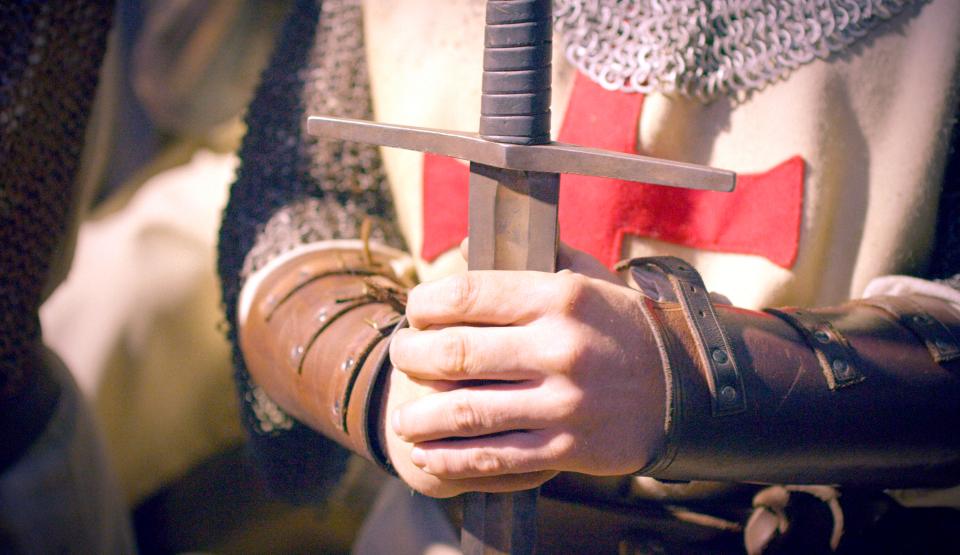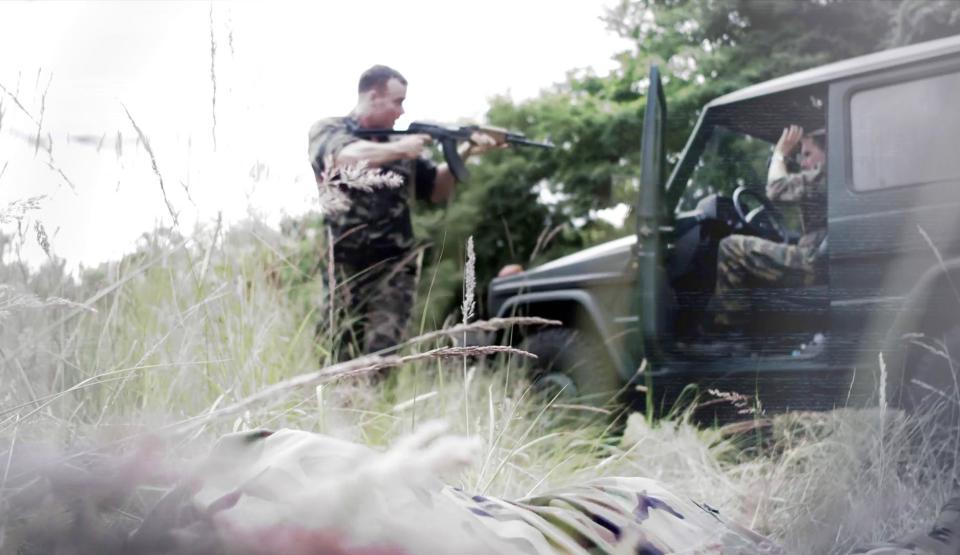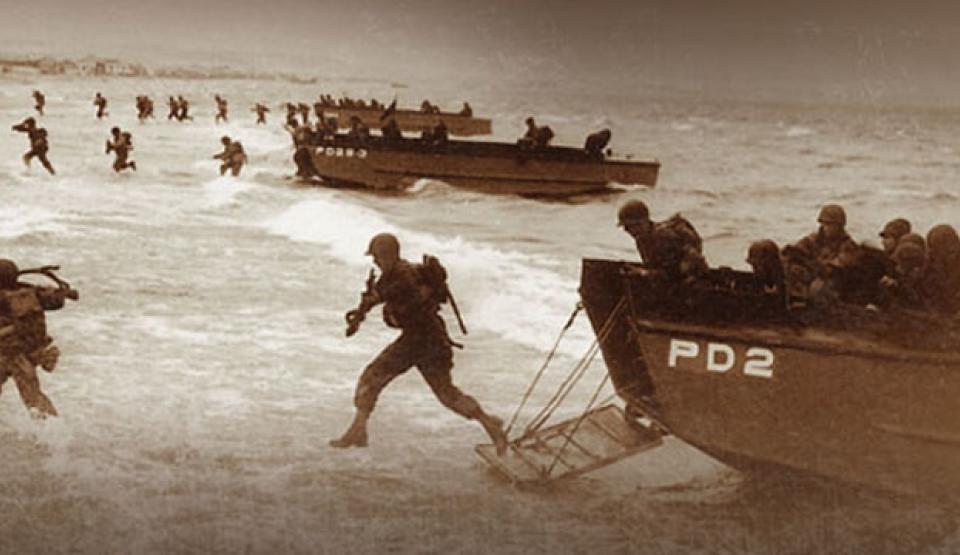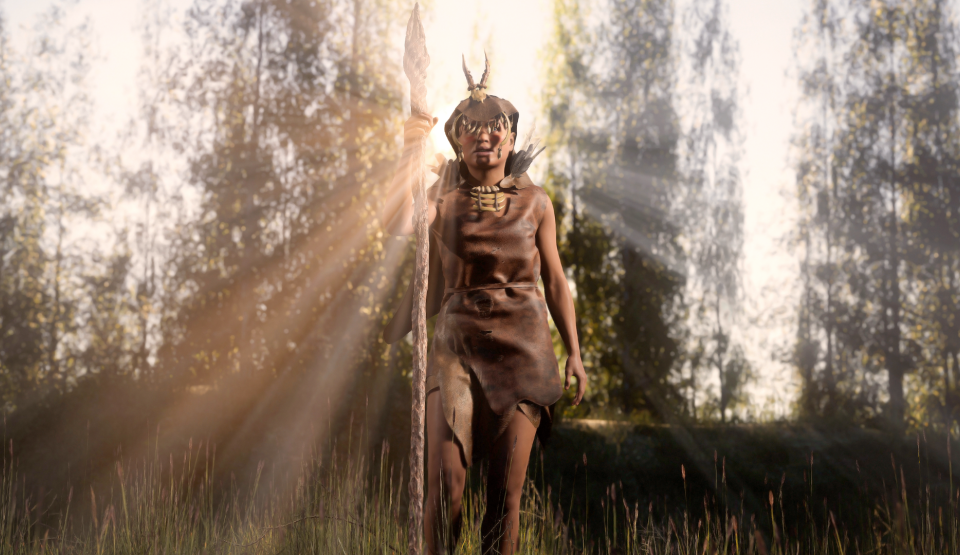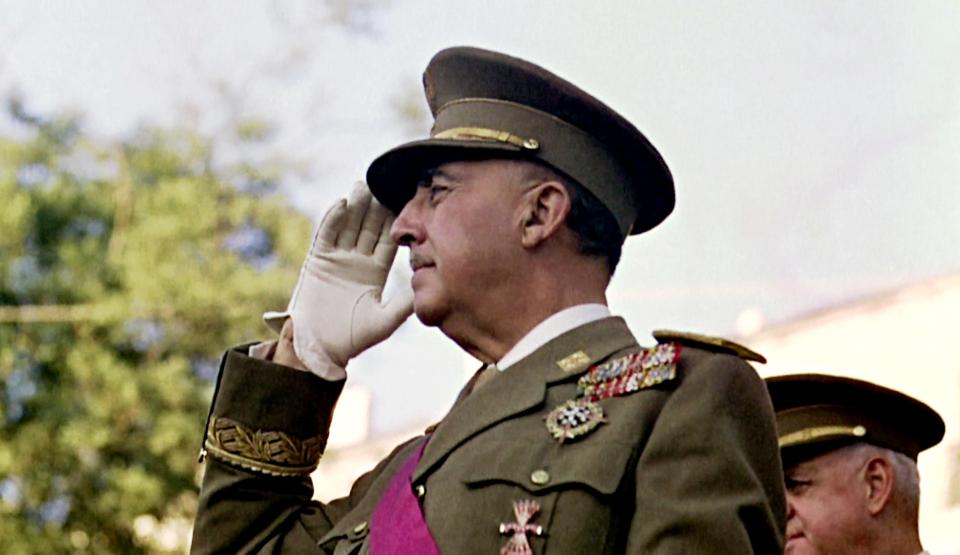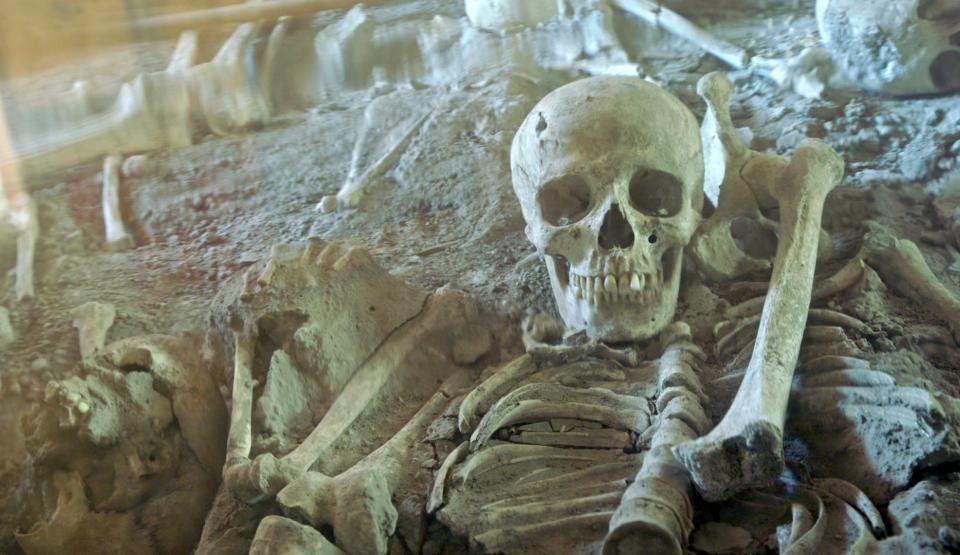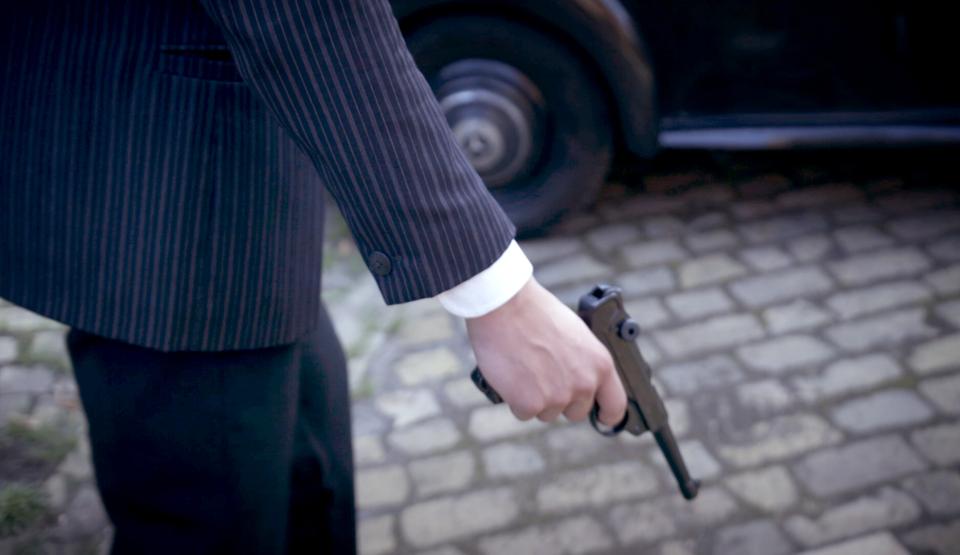Most of the population in the Middle Ages lived on the land – a silent, suffering majority, who as serfs had to do soccage service and pay taxes to the ruling noblemen and were repeatedly exposed to famine and violent conflicts. Fear of bears, wolves and demons or roaming bands of robbers were widespread and today, folktales and legends still give us an insight into the former peasant culture. And yet, it, too, made a considerable contribution to progress through inventions such as the horse's harness, the iron plough, the introduction of windmills and the three-field system or the cultivation of new types of grain.




